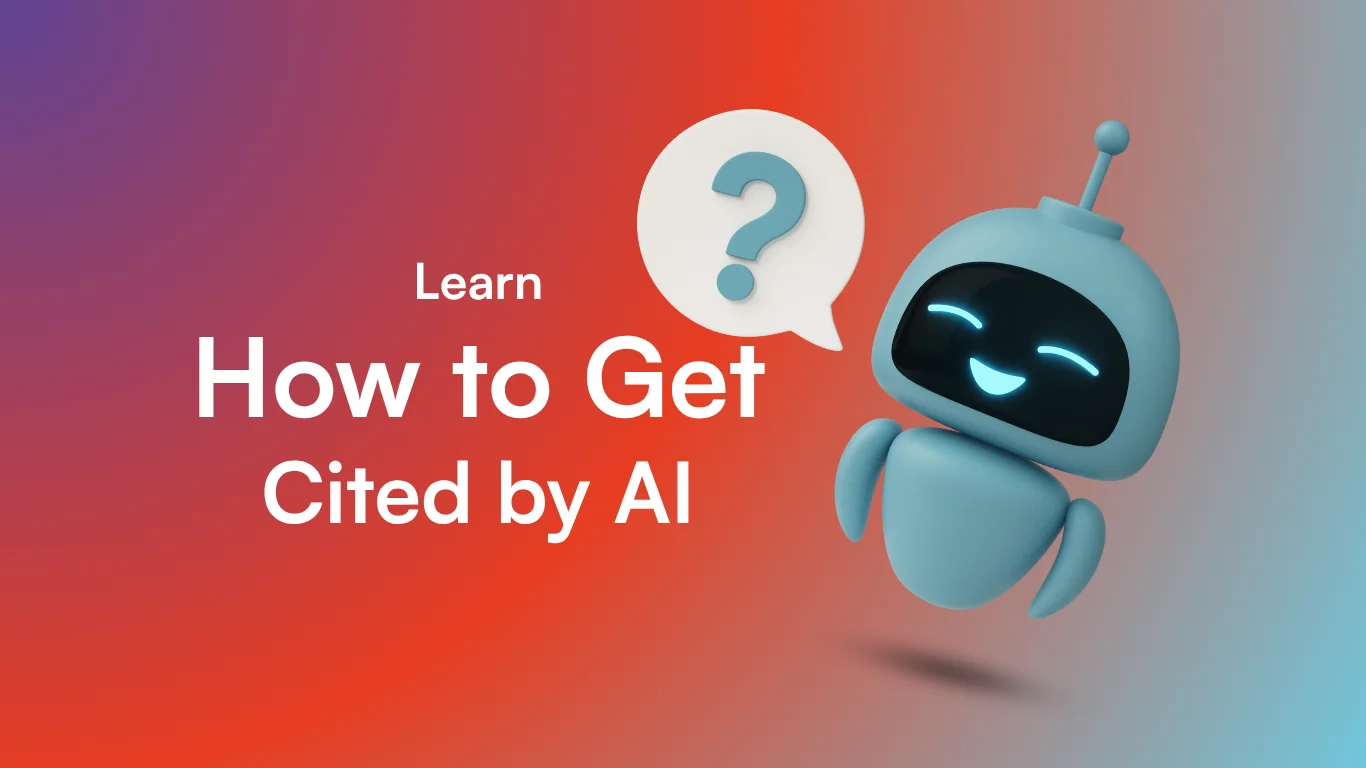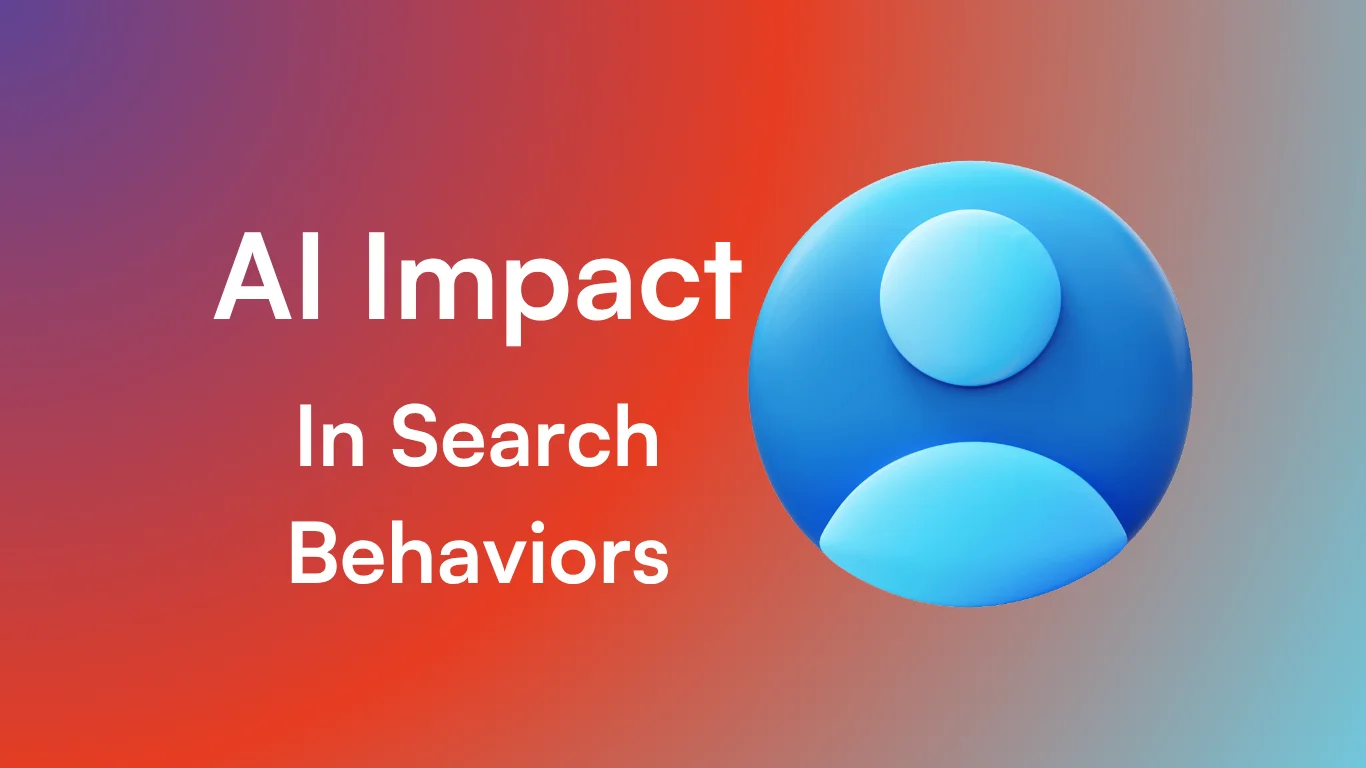Getting cited by AI in 2025 boils down to answer-first content, verifiable authority, and zero fluff. Publish deep, single-intent pages, double them in video and curated UGC, and prove your claims. Iterate based on what AI answers are already citing—and make your content unignorable.
What AI systems actually cite (ChatGPT, Gemini, Perplexity, and AI Overviews)
Models don’t “read” like humans—they aggregate, verify, and synthesize. They reward sources that make that pipeline easy:
- ChatGPT/Copilot: prefer clear authority (reference guides, docs, reputable media) and pages with tight structure (clean headings, summaries, outlines).
- Gemini / Google AI Overviews: blend authority with signals of usefulness and consensus; they surface media, specialist blogs, and curated UGC (Reddit, forums) when intent is solved well.
- Perplexity: values experience and comparative analysis (reviews, technical breakdowns, original studies) and often cites multiple sources per answer.
Turn this into action (right now):
- Publish deep pages that solve a specific intent (not generic homepages).
- Add an executive summary up top and a methodology section explaining how you know what you claim.
- Mix authority + community: article on your site + video version + UGC discussion (Reddit/LinkedIn) linking to each other.
- Include proof: screenshots, comparison tables, small data samples, or micro-experiments.
In my case, if I don’t answer in the first screenful, I lose the citation. That’s why I start with the answer and tuck the nuance and evidence right below.
Deepen: How to rank on ChatGPT
Answer the intent in the first scroll
AI “snaps” to the top: it needs a clear, portable answer.
“Answer-first” pattern (60–90 words):
- What: answer in one plain sentence.
- Why: one persuasive reason.
- How: 3 numbered steps.
- Proof: brief nod to data/experience.
Opening example (template):
To get cited by AI, deliver the answer in the first paragraph, prove authority with verifiable evidence, and remove fluff. Create a “deep” page for each intent, with a summary, methodology, and proofs. Publish the same angle in video/UGC and interlink them. Track citations and tweak titles and anchors based on the answers that reference you.
Blocks AI extracts well:
- Summary: 1 paragraph, 3–4 lines, no jargon.
- 5-item checklist (scannable): clear labels (“Author,” “Methodology,” “Proofs,” “UGC,” “Video”).
- Short table: “Action” | “Signal to AI” | “How to verify”.
Micro-SOP for writers:
- H1 that mirrors the exact intent (“how to…,” “guide…,” “template…”).
- First H2 = answer; second H2 = how to replicate; third H2 = proofs/examples.
- Don’t publish without summary + methodology + examples.
Demonstrable authority (E-E-A-T) without fluff
“Authority is shown, not declared.” Operationalize it like this:
On-page authority:
- Visible author with relevant credentials and a link to a professional profile.
- Methodology: how you got your data (sources, dates, criteria).
- Proofs: screenshots, tables, citations to primary sources.
- Cross-references: link to pillar pages and recognized sites (not link farms).
- Updates: clear date and a mini changelog when you revise data.
Off-page authority:
- Video: 90–180s summary with chapters (0:00 Summary / 0:45 Methodology / 1:20 Proof).
- Curated UGC: share conclusions, answer real questions (skip self-promo).
- Mentions: collaborate with niche experts and media to validate your angle.
Authority box template (copy/paste):
Author: [Name], [Role].
Experience: [Years / concrete achievements].
Methodology: [Key steps].
Proofs: [3 bullets of evidence].
Last updated: [Date].
Formats and channels most cited in 2025
AI cites what it can summarize and verify fast:
- Video (YouTube): guide or demo with a crisp script and chapters; mirror your article structure and add section links.
- UGC (Reddit/Quora/LinkedIn): posts that compile evidence and comparisons. Avoid evidence-free debates.
- Studies/benchmarks: even small samples work if the method is clear and replicable.
- Expanded FAQs with anchors and clean markup (don’t rely on schema alone to get cited).
Classic SEO that still moves the needle in AIO
Organic ranking still correlates with AI citation odds—but it’s not everything. Keep doing what works:
- SILO architecture: one intent = one page; from that page, link to deep subtopics.
- Descriptive H2/H3s (not cryptic) and named anchors (…/#methodology, …/#proofs).
- Purposeful internal links: contextual links that add data or examples; avoid generic carousels.
- Data > adjectives: AI detects fluff. “Fluff is invisible to AI and annoying to users.”
Anti-fluff checklist (run it before publishing):
- Do I answer the intent in the first scroll?
- Do I add something not already on the SERP (data, test, example)?
- Does every H2 contain a KPI, number, or evidence?
- Are there screenshots/tables to help verification?
- Can I cut 10% with zero info loss? If yes, cut it.
Measurement: how to know you’re being cited
There’s no “AI Search Console,” but you can build a reliable system:
- Answers linking to your domain in Perplexity/Copilot/AI Overviews (manual checks across your keywords).
- Traffic spikes from AI engines (where present) or embedded browsers.
- Indirect mentions: users citing you in UGC with the same phrasing as your opening/table.
Minimum dashboard (spreadsheet):
- Col A: Query (exact keyword + variants).
- B: Engine (Perplexity/ChatGPT/Gemini/AIO).
- C: Cites your domain? (Yes/No and how many).
- D: Section cited (URL + #anchor).
- E: Format surfaced (article/video/UGC).
- F: Notes (what you changed and when).
Iteration cadence: every two weeks, check 10–20 queries. If one stops citing you, rewrite the opening, add fresh evidence, or create a variant page for that specific intent.
FAQs
Yes, especially for queries where engines look for experience or evidence. A good original study, a tutorial with clear proofs, or a data-driven video can get in even if you’re not Top-10. Still, improving core SEO multiplies your odds.
No. A mention is being named in the answer; a citation is a visible link (or explicit reference) to your resource. Optimize to be useful and verifiable, not just named.
It helps with clarity but doesn’t replace evidence. Use it for people, FAQs, and tables—but focus on demonstrable content.


